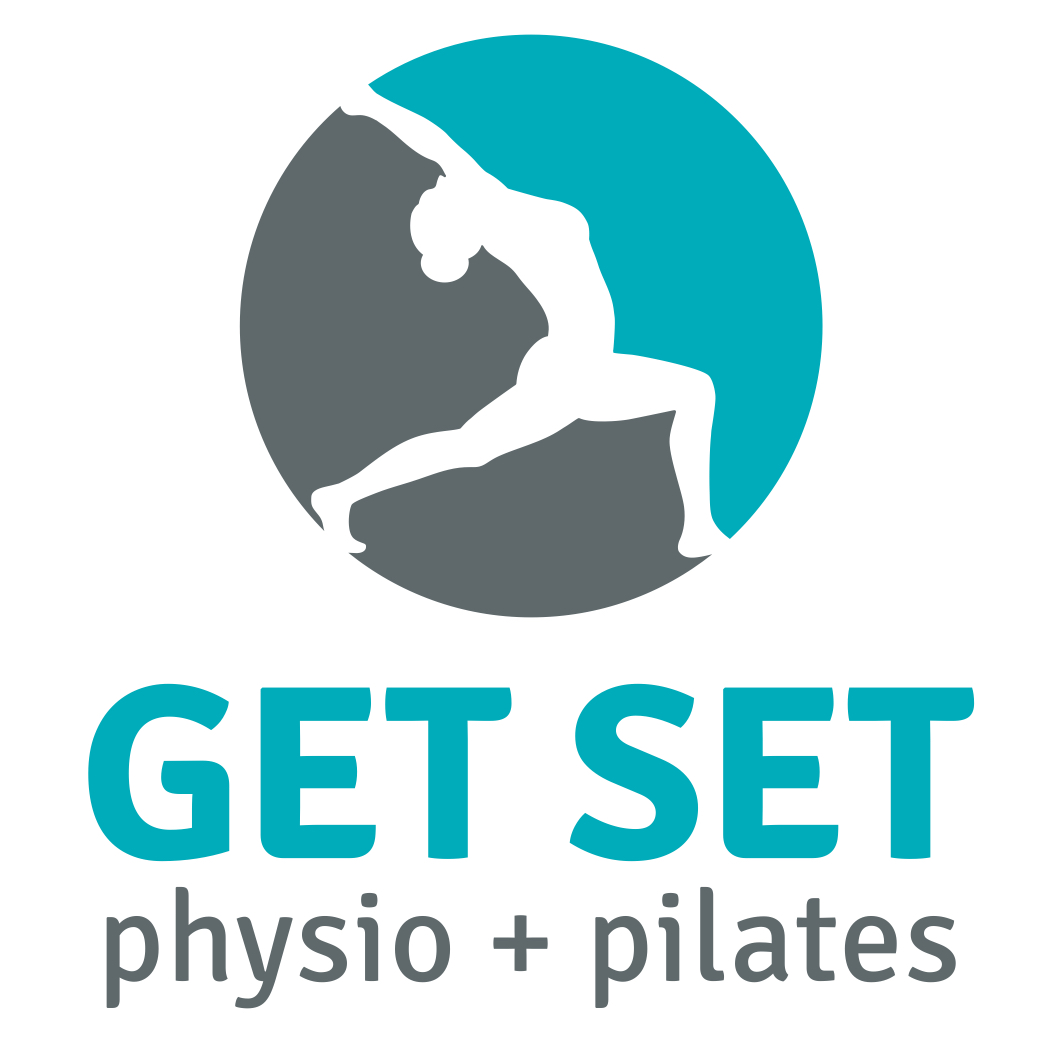You are new to working out or you may even have been working out for a while. You complete a new set of exercises, feel proud of your work, and cannot wait to go about your day. Fast forward to the next morning and you’re sore all over, feeling stiff and struggling to move around with any ease.
Does this scenario sound familiar? If it does, you are suffering from DOMS or delayed onset muscle soreness.
DOMS is a condition that causes muscular pain, soreness and stiffness following certain exercises. The condition is normally associated with the commencement of a new exercise program, a change in exercise routine and/or an increase in intensity level or training session duration. Symptoms normally develop between 24 and 48 hours following the training session but normally subside as the muscles adapt and strengthen in the first few weeks of repetition. This is known as muscular hypertrophy and adaptability.
DOMS may be a scary experience to deal with, however on most occasions, this is a normal response to a new exercise routine or progression. This happens as the exercises cause microscopic tearing of the muscles fibres as they contract and relax repetitively. Despite microscopically tearing muscles sounding awful, it is an essential part of improving strength, endurance, and size in a muscle. This is because in the days following the exercise, your body will use the protein in your food to repair those muscle fibres to be stronger and more resistant than before.
So, we know that pain is not pleasant, however it’s our body’s way of repairing and rebuilding. But all you want is to find out how to make it go away!
Tackling DOMS pain?
How to tackle the dreaded DOMS.
Consider all advice under the instruction of a qualified physiotherapist or physician.
1. Rest as instructed
Relative rest will reduce the overall load on the tender muscles and will prevent further soreness. However, this is not the most effective method and healing may be slower.
2. Gentle stretching of the affected muscle groups
Accurate and gentle stretching will reduce soft-tissue contractions, improve your range of motion, and reduce the pain associated with DOMS
3. Sports & therapeutic massage
Targeted sports massage helps in reducing contraction, improving range of motion and pain. It also works on a cellular level to improve blood flow and flush out lactate and other chemicals in the muscles that are causing the pain of DOMS. This is the most effective method of reducing DOMS.
4. Non-Steroidal Anti-Inflammatory medication – as required and advised by a doctor
This reduces inflammation and thus pain in the area. Taking NSAID’s are associated with slower healing times as it interrupts your body’s natural healing processes.
5. Adequate warm-up and cool-down routines within the training sessions as well as light Aerobic/Cardiovascular exercises
This is essential in reducing the likelihood of overstraining and causing an injury as well as effectively reduces the amount and effect of chemical metabolites such as lactate from lingering around the muscle causing pain and fatigue.
6. Controlled exercise overload and progression
Reduces the effect and intensity of DOMS with an effective program that incorporates progressive overload
7. STOP and seek the knowledge of a physiotherapist if the discomfort fails to recover as there may be a possibility of an injury.
For more information or to book in to see one of our experienced physiotherapists, BOOK HERE or call 03 9841 5777.


